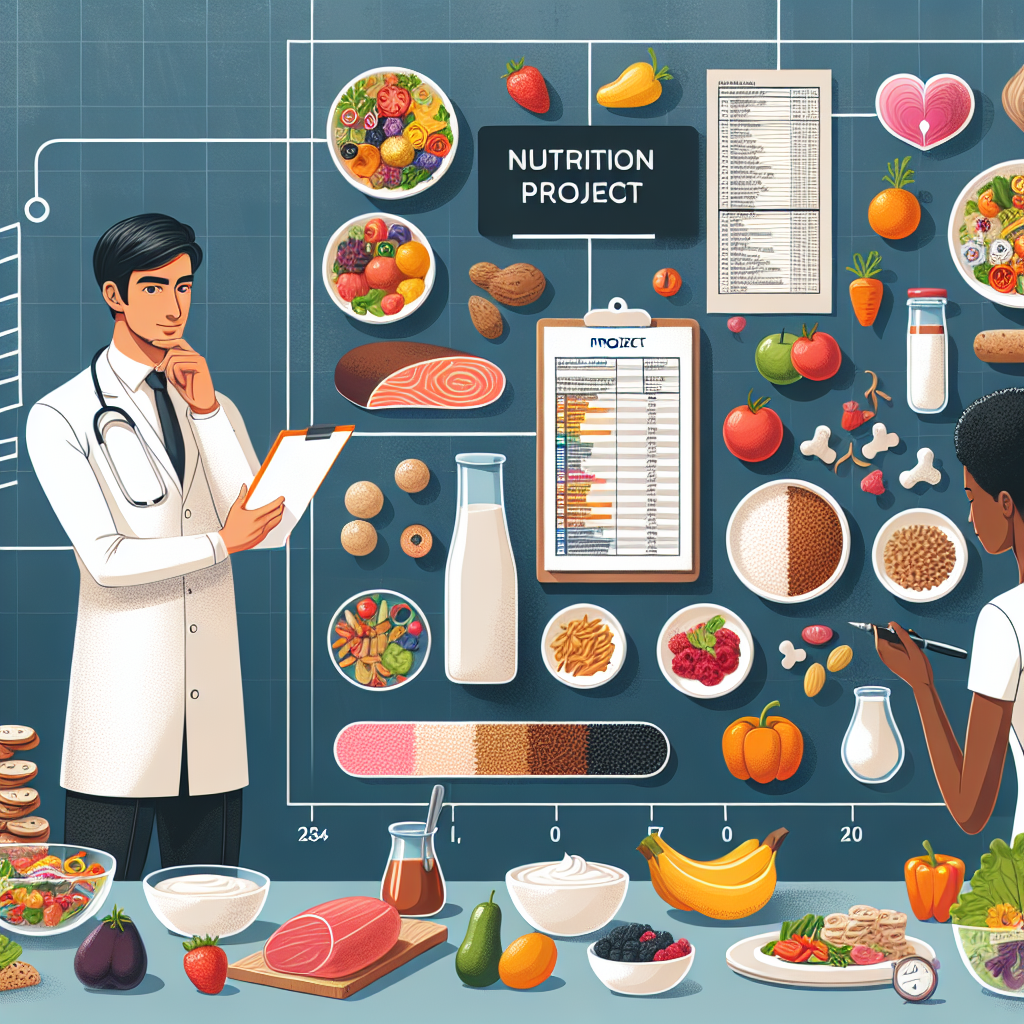Para Nutrition: The Unseen Challenge Faced by Paralympians
Paralympians, like Justin Phongsavanh, face unique nutritional challenges. The variability in disability types among athletes requires personalized nutritional strategies. The needs extend beyond physical requirements, as dietary teams must adapt meal deliveries to accommodate varying conditions. Current research on para nutrition is insufficient, making individualized approaches essential.

- Country:
- France
Paralympians, including Justin Phongsavanh, encounter unique nutritional hurdles that differ greatly from their able-bodied peers. Phongsavanh, a bronze medalist in the seated javelin throw, stressed that while tasty treats like chocolate muffins are popular, they can't be the sole source of nourishment.
The diverse nutritional needs of para athletes complicate dietary strategies, according to Joëlle Leonie Flück, an applied sports nutrition scientist. Flück emphasized the wide variance in energy expenditure and nutritional needs based on the type of disability and the specific sport.
At Team USA's High Performance Center in Eaubonne, nutrition director Brian Knutson and dietitian Hilary Kave import familiar food items from Colorado Springs to ensure athletes' comfort and nutritional consistency. However, meals need to be tailored to individual needs, including gastrointestinal and hydration challenges. Accessibility in dining halls also remains a critical factor.
(With inputs from agencies.)










